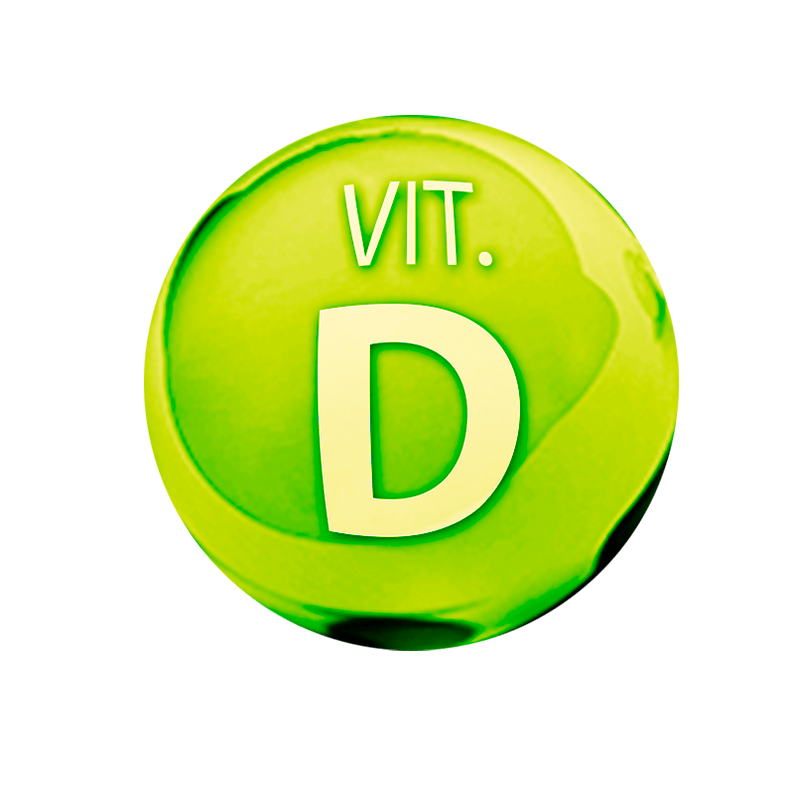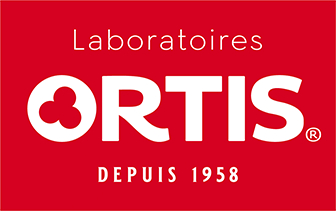
Vitamin D
Origin
Usage
Bibliographical references
1Overview of general physiologic features and functions of vitamin D.
DeLuca HF
Am J Clin Nutr. 2004 Dec; 80(6 Suppl):1689S-96S.
PubMed: https://www.ncbi.nlm.nih.gov/pubmed/15585789
2 Sunlight and vitamin D for bone health and prevention of autoimmune diseases, cancers, and cardiovascular disease.
Holick MF
Am J Clin Nutr. 2004 Dec; 80(6 Suppl):1678S-88S.
PubMed: https://www.ncbi.nlm.nih.gov/pubmed/15585788
3 25-Hydroxyvitamin D deficiency is independently associated with cardiovascular disease in the Third National Health and Nutrition Examination Survey.
Kendrick J, Targher G, Smits G, Chonchol M
Atherosclerosis. 2009 Jul; 205(1):255-60.
PubMed: https://www.ncbi.nlm.nih.gov/pubmed/19091317
4 Influence of season and latitude on the cutaneous synthesis of vitamin D3: exposure to winter sunlight in Boston and Edmonton will not promote vitamin D3 synthesis in human skin.
Webb AR, Kline L, Holick MF.
J Clin Endocrinol Metab. 1988 Aug;67(2):373-8.
PubMed: https://www.ncbi.nlm.nih.gov/pubmed/2839537
5 Global vitamin D status and determinants of hypovitaminosis D.
Mithal A, Wahl DA, Bonjour JP, Burckhardt P, Dawson-Hughes B, Eisman JA, El-Hajj Fuleihan G, Josse RG, Lips P, Morales-Torres J; IOF Committee of Scientific Advisors (CSA) Nutrition Working Group.
Osteoporos Int. 2009 Nov;20(11):1807-20.
PubMed: https://www.ncbi.nlm.nih.gov/pubmed/19543765
6 Vitamin D deficiency is common among adults in Wallonia (Belgium, 51°30' North): findings from the Nutrition, Environment and Cardio-Vascular Health study.
Hoge A, Donneau AF, Streel S, Kolh P, Chapelle JP, Albert A, Cavalier E, Guillaume M
Nutr Res. 2015 Aug;35(8):716-25.
PubMed: https://www.ncbi.nlm.nih.gov/pubmed/26149190
7 Vitamin D: An overview of vitamin D status and intake in Europe
A Spiro, J L Buttriss
Nutr Bull. 2014 Dec; 39(4): 322–350.
PMC: https://www.ncbi.nlm.nih.gov/pmc/articles/PMC4288313/
8 The Active Metabolite of Vitamin D3 as a Potential Immunomodulator
I. Szymczak, R. Pawliczak
Scand J Immunol. 2016 Feb;83(2):83-91.
PubMed: https://www.ncbi.nlm.nih.gov/pubmed/26678915
9 Epidemic influenza and vitamin D.
Cannell JJ, Vieth R, Umhau JC, Holick MF, Grant WB, Madronich S, Garland CF, Giovannucci E.
Epidemiol Infect. 2006 Dec;134(6):1129-40.
PMC: https://www.ncbi.nlm.nih.gov/pmc/articles/PMC2870528/
1° Serum Vitamin D Levels in Children with Recurrent Respiratory Infections and Chronic Cough
Özdemir B, Köksal BT, Karakaş NM, Tekindal MA, Özbek ÖY
Indian J Pediatr. 2016 Aug; 83(8):777-82.
ResearchGate: https://www.researchgate.net/publication/292209876_Serum_Vitamin_D_Levels_in_Children_with_Recurrent_Respiratory_Infections_and_Chronic_Cough
1 Antiviral activity and increased host defense against influenza infection elicited by the human cathelicidin LL-37.
Barlow PG, Svoboda P, Mackellar A, Nash AA, York IA, Pohl J, Davidson DJ, Donis RO
PLoS One. 2011; 6(10):e25333.
ResearchGate: https://www.researchgate.net/publication/51749566_Antiviral_Activity_and_Increased_Host_Defense_against_Influenza_Infection_Elicited_by_the_Human_Cathelicidin_LL-37
12 Direct inactivation of viruses by human granulocyte defensins.
Daher KA, Selsted ME, Lehrer RI.
J Virol. 1986 Dec;60(3):1068-74.
PMC: https://www.ncbi.nlm.nih.gov/pmc/articles/PMC253347/
13 Randomized trial of vitamin D supplementation to prevent seasonal influenza A in schoolchildren.
Urashima M, Segawa T, Okazaki M, Kurihara M, Wada Y, Ida H
Am J Clin Nutr. 2010 May; 91(5):1255-60.
PubMed: https://www.ncbi.nlm.nih.gov/pubmed/20219962
4 Randomized trial of vitamin D supplementation to prevent seasonal influenza A in schoolchildren.
Urashima M, Segawa T, Okazaki M, Kurihara M, Wada Y, Ida H
Am J Clin Nutr. 2010 May; 91(5):1255-60.
PubMed: https://www.ncbi.nlm.nih.gov/pubmed/20219962
5 Vitamin D supplementation to prevent acute respiratory tract infections: systematic review and meta-analysis of individual participant data.
Martineau AR et al.
BMJ. 2017; 356: i6583.
The BMJ: https://www.bmj.com/content/356/bmj.i6583
The health claims that feature on our website in relation to the plants contained in our products are compliant with the list of health claims awaiting final assessment by the Community authorities (cf. website of the European Commission: http://ec.europa.eu/nuhclaims/). However, they may be subject to modification following their assessment by the national competent authorities.
The health claims relating to other nutrients or substances contained in our products that feature on our site are compliant with Regulation No. 432/2012 of the Commission of 16 May 2012 which establishes a list of authorised health claims authorised in relation to food products, other than those in reference to the reduction of the risk of disease as well as community-based development and child health (cf. website of the European Commission: http://ec.europa.eu/nuhclaims/).

 Belgique
Belgique  België
België  France
France  Italia
Italia  Portugal
Portugal  España
España  United Kingdom
United Kingdom  Κύπρος
Κύπρος 